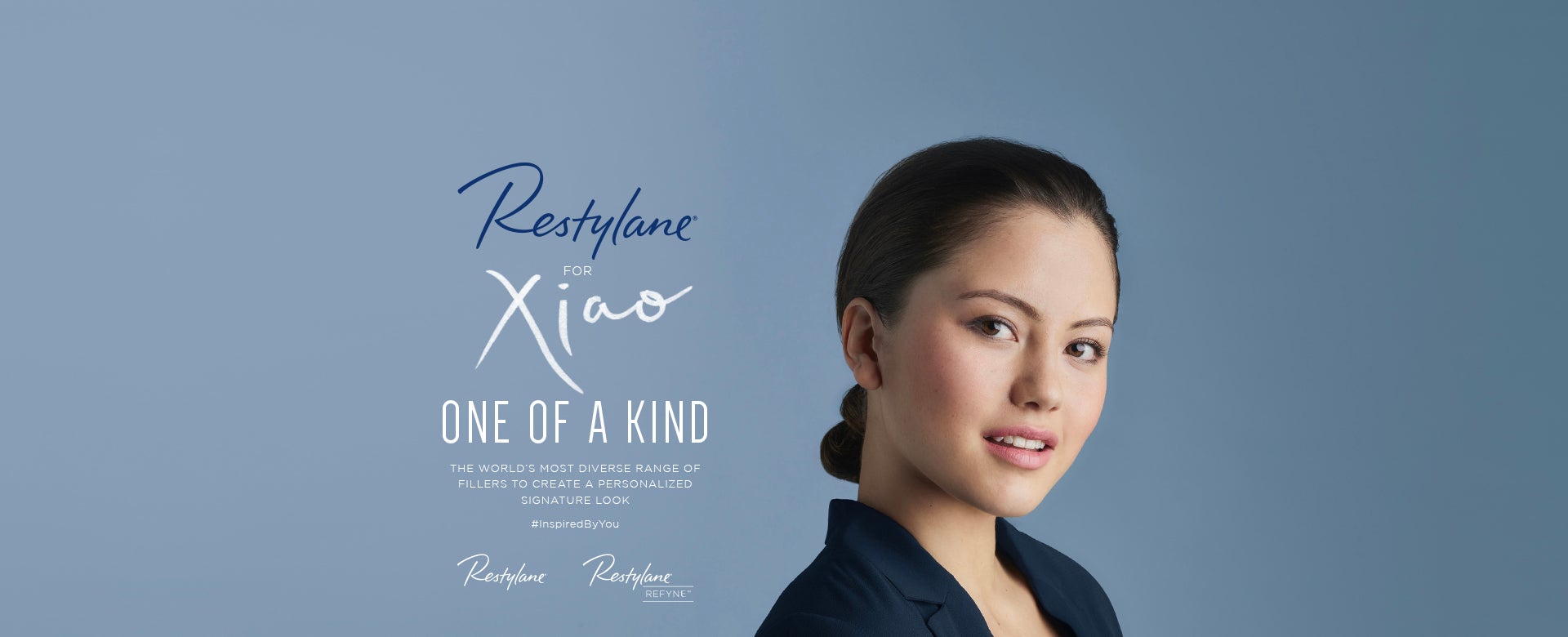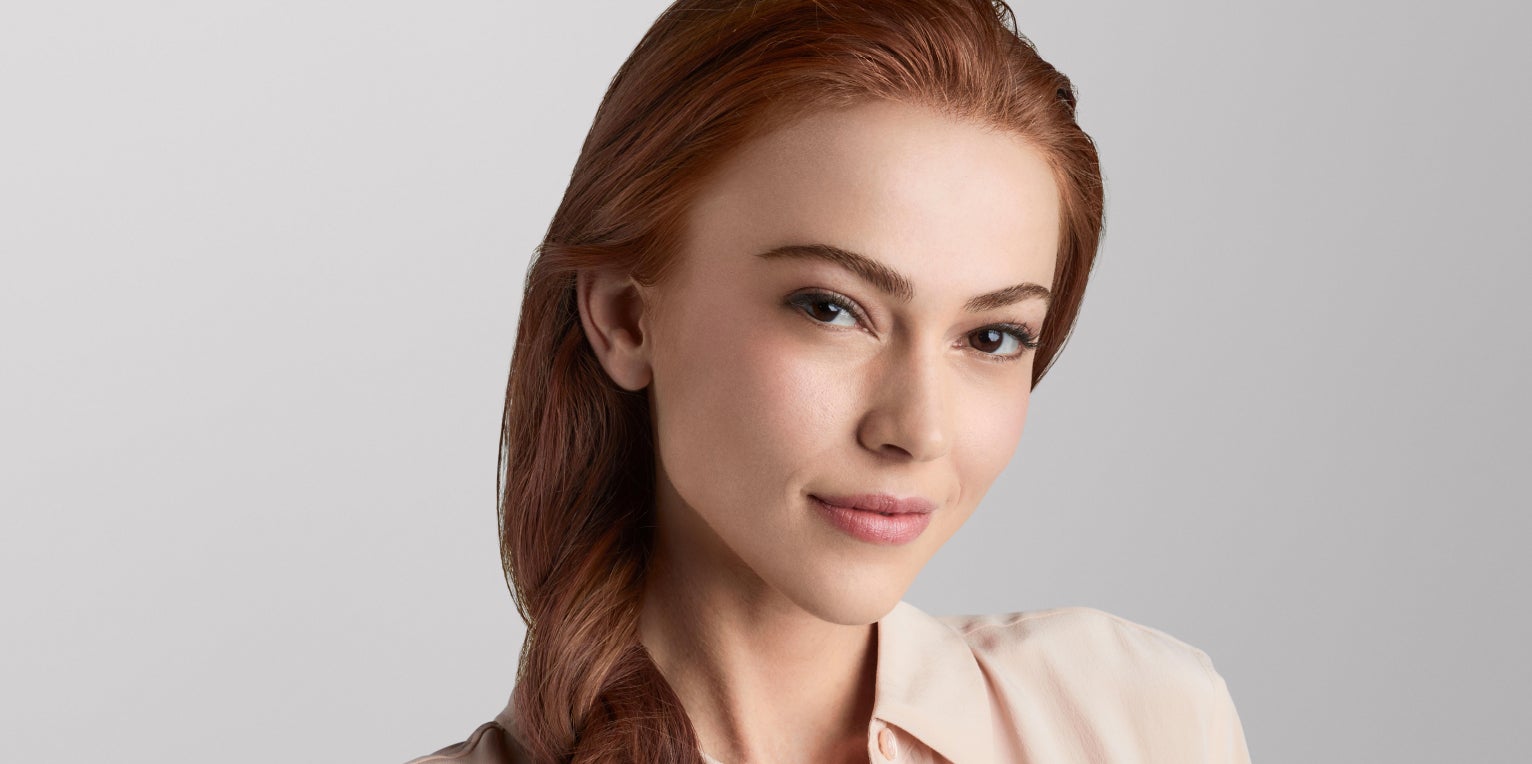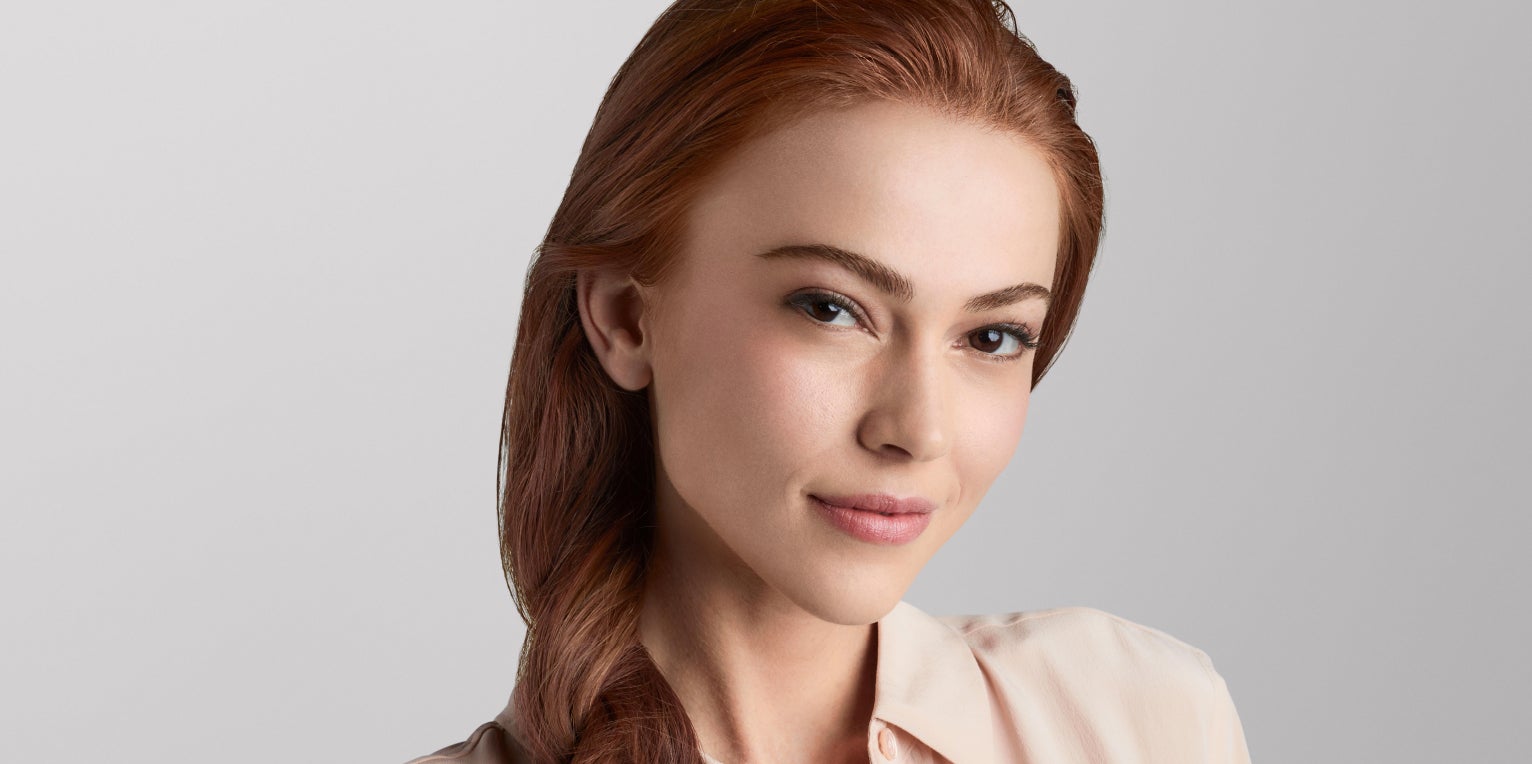
Your treatment with Restylane and Restylane Refyne
Before you have your first treatment with Restylane or Restylane Refyne, you will always have a consultation. Think through what you want to achieve and what questions you may want to ask your healthcare practitioner. We warmly recommend that you read through our Q&A section below to find out more about treatments with Restylane fillers.
The first step: Find your clinic
Make sure to carefully select your clinic. We warmly recommend that you read our Q&A section.
In this video, Aesthetic Physician Kuldeep Minocha, UK, stresses the importance of explaining everything about facial aging before talking about the actual treatment with the patient.
TREATMENT AREAS
Restylane and Restylane Refyne refine your appearance by filling lines and wrinkles.


What to ask your practitioner
Here are a few questions that we recommend you to ask your healthcare practitioner:
• What results can I expect from the treatment?
• What happens during the treatment?
• Could my medical history or previous treatments affect or prevent treatment?
• Are there any side effects and precautions that I should know about?
• Is there anything I should do before and after treatment?
• Any other question you may have.
You will also find detailed information about treatment with Restylane fillers in our FAQ section below.
FREQUENTLY ASKED QUESTIONS
How long does the treatment take?
A treatment with Restylane does not take long. Depending on the area and indication, it takes approximately 15-45 minutes. A touch-up treatment is sometimes performed approximately two weeks after the initial treatment to optimize the results.
Is the treatment painful?
Some people may experience mild discomfort. Most Restylane fillers contain an integrated local anesthetic, lidocaine, to provide you with a more comfortable treatment experience. You and your healthcare practitioner may decide whether additional pain relief is needed.
Can everyone have a treatment with Restylane fillers?
Ask your healthcare practitioner if you will benefit from treatment with any of the hyaluronic acid products within the Restylane range. It is important when discussing your medical history to tell your practitioner everything, including all medicines that you are taking, any present and past allergies and their seriousness, and all current or past medical conditions you have had. Your practitioner will discuss potential side effects from the injection of Restylane and how serious they may be. You should also inform your practitioner if you have received previous aesthetic treatments, both surgical and non-surgical.
Who should not have a Restylane filler treatment?
Patients with a known allergy to hyaluronic acid based products should not undergo treatment, nor should patients with bleeding disorders, or active skin disease such as inflammation, infection or tumors in or near the area to be treated. Discuss contraindications, warnings and precautions with your healthcare practitioner before Restylane filler treatments.
Can I have a Restylane filler treatment if I am pregnant?
The Restylane products have not been tested in pregnant or breastfeeding women and is therefore not recommended if you are pregnant or breastfeeding.
What happens after the treatment?
After the treatment you will receive post-treatment guidelines. It is normal to experience some post-treatment discomfort, such as redness, swelling, pain, itching, bruising or tenderness at the treatment site. These side effects generally disappear within one week after injection.
Other potential side effects can occur with dermal fillers based on hyaluronic acid. You should discuss the potential treatment risks with your healthcare practitioner. Following treatment, there is sometimes a need for a touch-up treatment to achieve an optimal result.
Skin insights
Bon usage Restylane® : Effets indésirables possibles : 1/1 000 - 1/10 000 : Gonflement. 1/10 000 - 1/50 000 : Hématome, décoloration, érythème, infection, inflammation, ischémie/nécrose, masse, douleur/sensibilité, papules/nodules. 1/50 000 - 1/100 000 : Hypersensiblilité, induration, symptômes neurologiques tels que paresthésies, prurit, courte durée de l’effet. < 1/100 000 : Abcès, acné, oedème de Quincke, atrophie/cicatrice, ampoules, troubles capillaires tels que télangiectasies, dermatite, déplacement de l’implant, fistule, granulome, éruption, réactivation d’un herpès, urticaire, troubles de la vue. Une atteinte vasculaire résultant d’injection intravasculaire accidentelle ou de la compression vasculaire due à l’implantation d’un produit injectable quel qu’il soit peut se manifester par un blanchissement, une décoloration, une nécrose ou une ulcération sur le site de l’implant ou dans la zone alimentée par les vaisseaux sanguins concernés ou bien rarement sous la forme d’évènements ischémiques. Restylane® Dispositifs Médicaux de classe III, CE 0344. Q-Med AB, Seminariegatan 21, SE-752 28 Uppsala, Sweden. Distribués par Galderma International, Tour Europlaza. 20, Avenue André Prothin. La Défense 4. 92927 LA DEFENSE CEDEX. Non inscrits sur la liste mentionnée à l’article L. 165-1 du code de la sécurité sociale.

